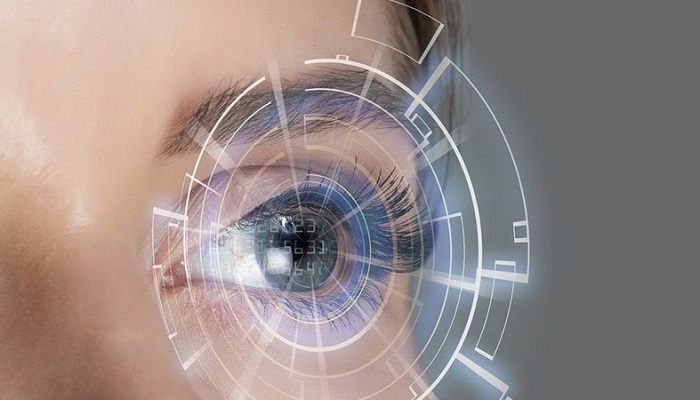The recent emergence of AI and digital eye care tools in optometry was met with skepticism. Concerns that these eye care services are fundamentally unable to match the caliber of in-person contact, examination, and evaluation may serve to strengthen this belief. However, digital healthcare tools offer the chance to expand the practice’s reach and services.
Optometrists might change their views on AI and digital health care by seeing it as a set of complementary tools that enhance rather than replace a clinician’s practical knowledge. This would allow them to view it as a structure to be welcomed rather than a danger to be contained. Therefore, we’d like to take a closer look at 2 great examples of using AI in optometry.
AI for Fundus Photo
The game has changed for people at risk of vision loss thanks to a decision made by the FDA in April 2018. With this decision, the government authorized an autonomous AI diagnostic system for the first time without requiring a doctor to analyze the data. It made it possible for an AI system to be commercialized and enable the automated detection of diabetic retinopathy in primary care.
Since more patients will have access to early identification of diabetic retinitis because of this development, healthcare delivery will alter. The self-regulatory AI diagnostic system independently diagnoses DR. It is crucial that it adheres to clinical standards and does not need human supervision.
The system was created and developed to be used in a primary care context, where it can quickly deliver a diagnosis at the point of service. The device has a robotic camera; therefore, training is necessary but not extensive for the operator. Even if they haven’t done retinal imaging before, current employees may be educated in a few hours. The utilized technique employs machine learning for the detectors that identify bleeding, exudates, micro-aneurysms, and other lesions that suggest DR. This approach is based on how doctors view DR and significantly enhances the process of diagnosis and further treatment.
AI for OCT Analysis
A more precise and thorough medium for analyzing optical coherence tomography (OCT) images of the back of the eye was developed by scientists in Australia using an AI deep neural network. This method will help clinicians more effectively identify and monitor eye diseases like green cataracts and age-related macular dystrophy.
Highly detailed cross-sectional images of the eye are taken using OCT imaging, which is often used in ophthalmology and optometry to display the different tissue layers. Using OCT scanning to map and track the thickness of the tissue layers in the visual organ will enable clinicians to identify eye diseases faster.
A number of scientists were searching for a novel way of image analysis and extracted the retina and choroid, two major tissue layers in the rear of the eye, with a focus on the choroid. They say that the primary blood veins that provide nutrients and oxygen to the eye are found in the choroid, which is situated between the retina and the sclera. The retinal tissue layers are clearly defined and analyzed by typical image processing techniques used with OCT. However, relatively few clinical OCT devices contain software that examines choroidal tissue. The team of experts took note of this and trained a deep learning network to understand the important aspects of the pictures and to precisely and automatically determine the borders of the choroid and the retina.
As a result, the ability to analyze OCT images has increased the knowledge of the changes in eye tissue brought on by refractive errors, aging, normal eye development, and other conditions, as the methods may offer a mechanism to better map and monitor changes in choroid tissue, and perhaps identify eye disorders early.
Conclusion
The field of optometry will move more and more toward the intersection of disruptive technologies, notably AI, as the twenty-first century goes on. The growth of artificial intelligence in optometry and healthcare today requires ODs to understand it and make efficient use of it. In fact, the workforce in optometry will change as jobs change. Thanks to the ability to use digital thinking processes, cutting-edge technology, and critical thinking, new opportunities in eye care will appear as optometrists move more toward “data analysis” and away from “data gathering.”
Still, AI is strong at what it has been trained to accomplish and weak at what it has not been taught (such as age ranges or congenital optic nerve defects that are not in the database). Therefore, the emphasis should be on an OD’s ability to use AI efficiently rather than the growing worry that they will lose their jobs. Optometrists now have the ability to contribute to the global healthcare sector by enhancing patient outcomes.


















